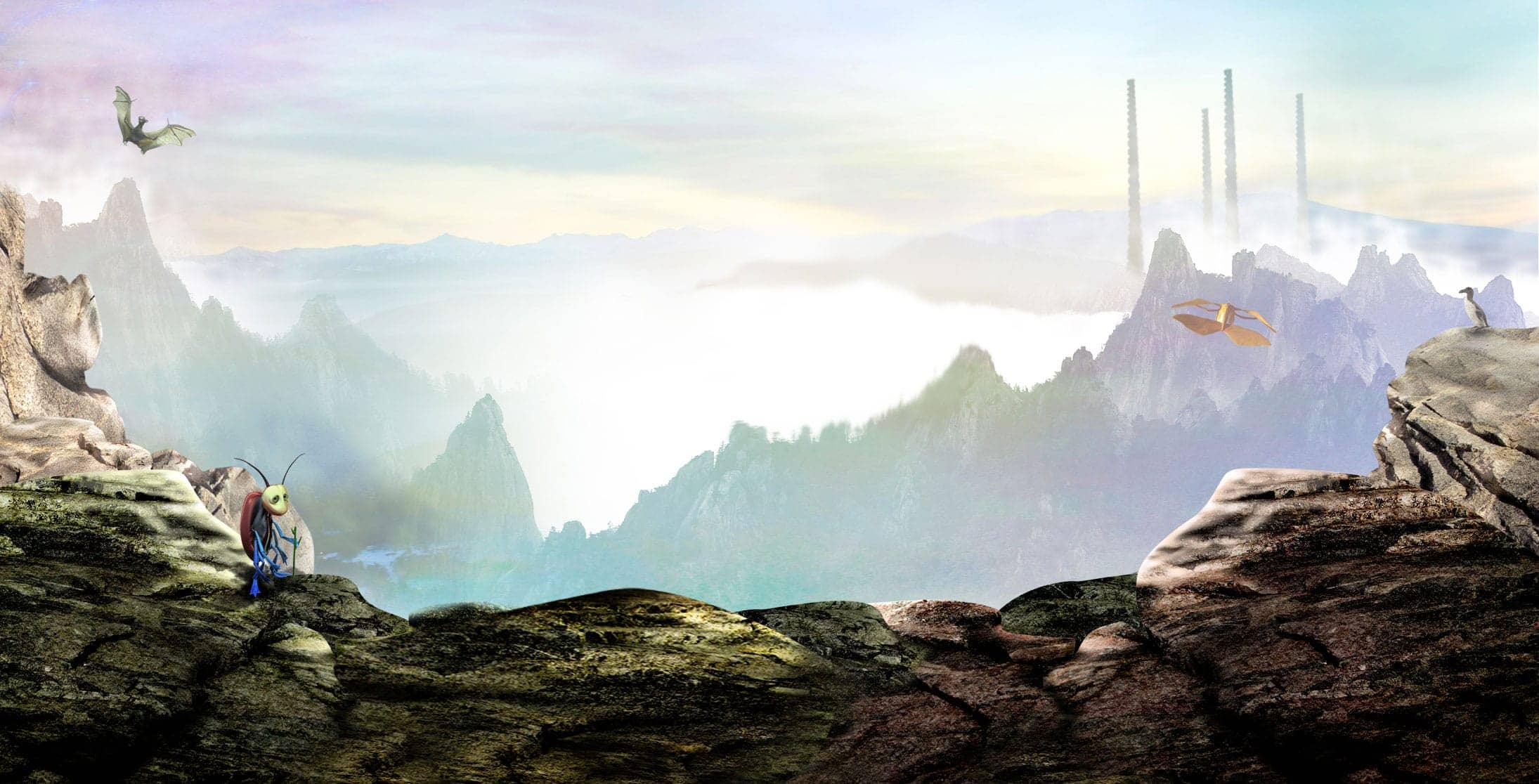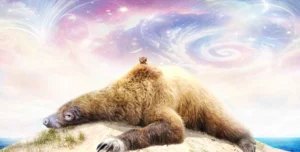Weird and Wonderful Sloth Facts (and the Giant Sloth That Once Ruled the Earth)
When you picture a sloth, you might imagine a slow-moving creature hanging upside down from a rainforest branch, gazing dreamily into the distance. But these gentle animals hide a world of strangeness behind their sleepy smiles. From their upside-down lives to their algae-green fur, sloths are some of nature’s most unusual masterpieces.
Why Are Sloths So Slow?
Sloths move at an average speed of about 0.24 kilometres per hour — slower than almost any other mammal on Earth. This isn’t laziness, though. Their slow pace is a clever survival trick. Moving slowly helps them avoid predators like jaguars and harpy eagles, which rely on spotting movement. A sloth can stay so still that its fur becomes a tiny ecosystem — home to moths, beetles, and even algae that tint it green, helping them blend in with the leaves.
Sloths Only Poop Once a Week
Here’s one of the strangest facts of all. Sloths climb down from their trees only once a week to go to the toilet. They dig a small hole, do their business, and then cover it up before slowly climbing back to safety. Scientists still don’t know exactly why they risk their lives for this weekly ritual, but some believe it helps fertilise the trees they live in — a small act of giving back to the forest.
They Have Extra-Slow Digestion and Can Float!
Because their bodies work at half the speed of most animals, sloths take up to a month to digest a single meal of leaves. Their stomachs produce little heat, so they rely on the tropical sun to keep their bodies warm. Amazingly, they’re also great swimmers. When rivers flood, sloths can drop from trees and paddle across water three times faster than they can move on land.
Meet the Giant Ground Sloth
Before the forests filled with their smaller tree-dwelling cousins, sloths once ruled the land. The Megatherium, or giant ground sloth, lived in South America during the Ice Age. It stood up to six metres tall — as big as an elephant — and used its enormous claws to pull down branches. Unlike today’s gentle sloths, Megatherium was a heavyweight grazer that could defend itself from predators like saber-toothed cats with terrifying swipes of its claws.
When humans arrived in South America around 10,000 years ago, these enormous creatures vanished, likely hunted to extinction or driven out by environmental changes. Some scientists believe the last of them may have survived on small Caribbean islands long after their mainland cousins disappeared.
What Sloths Teach Us About Survival
Today’s two- and three-toed sloths are the last living relatives of those Ice Age giants. Though they seem lazy, their slow pace hides remarkable strength and resilience. By using less energy and blending perfectly into their environment, they’ve managed to survive where many faster, fiercer animals could not.
🌿🍃🌼🌿🍃🌼🌿🍃🌼🌿🍃🌼🌿🍃🌼🌿🍃🌼🌿🍃🌼🌿🍃🌼🌿🍃
Discover more through story and song
At Rockford’s Rock Opera, we believe nature’s resilience can inspire both science and imagination. Our story Lost on Infinity explores extinction, biomimicry, and the secrets of the natural world through an unforgettable musical adventure.
Explore our world today and meet the extinct giant land sloth:
Get the Lost on Infinity illustrated book with free musical audiobook – a totally immersive experience.
Listen to the first part of the Lost on Infinity audiobook and watch the animated adventure free on Apple App Store and Google Play.
Download our FREE lesson plans and slides about Extinction and Biomimicry. We also have a selection of classroom activities on our website.
For even more exploration of the natural world, tune in to our Stories, Science & Secrets podcast for kids. Join Matthew, Elaine, Steve Punt and special guests, as we delve into the fascinating world of biomimicry and the inspiring ways science learns from nature’s genius.
The coconut reminds us: resilience is a natural design. Biomimicry (learning from nature) is a fascinating classroom topic. You can read more about biomimicry and see all the discoveries we have documented in our Creatures’ Secrets Database.


